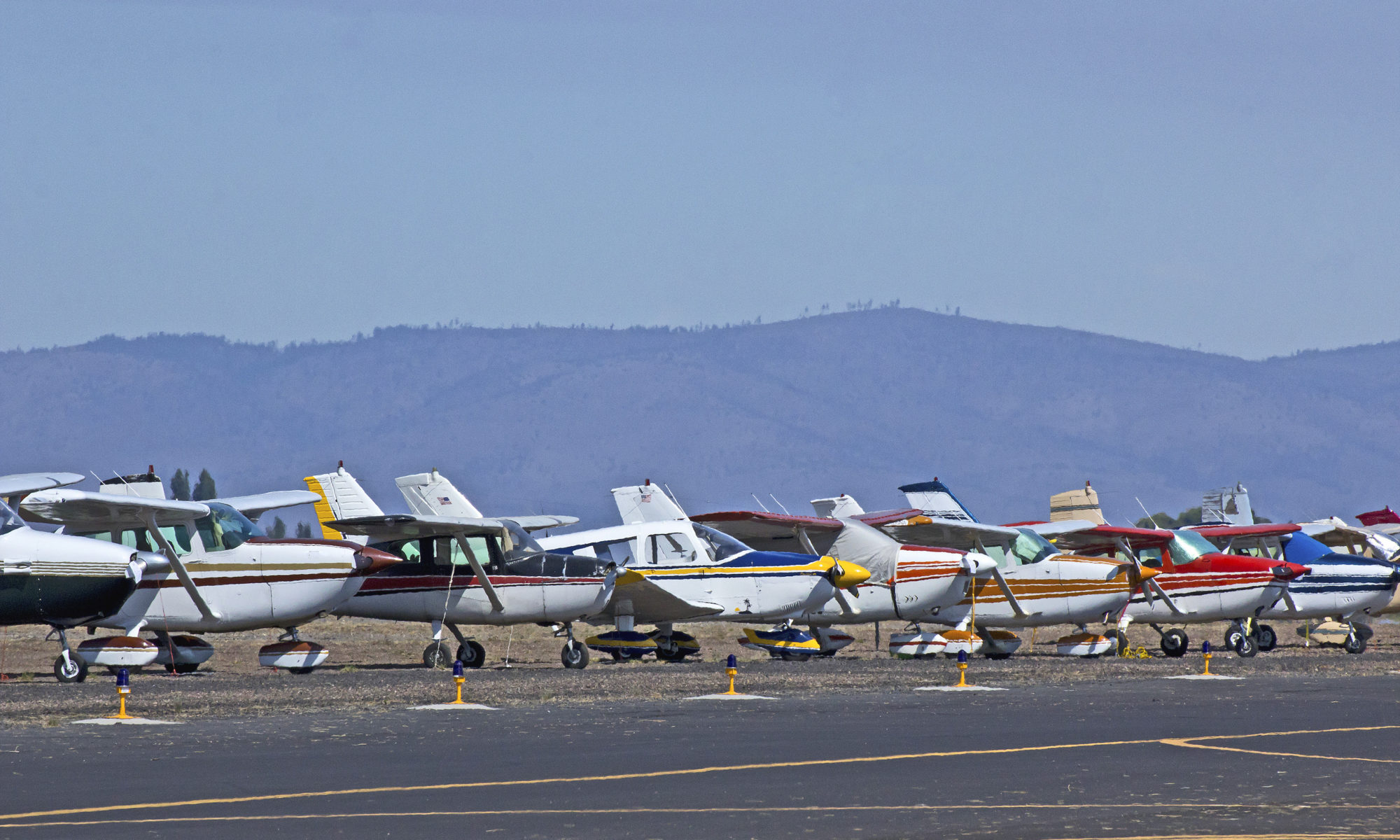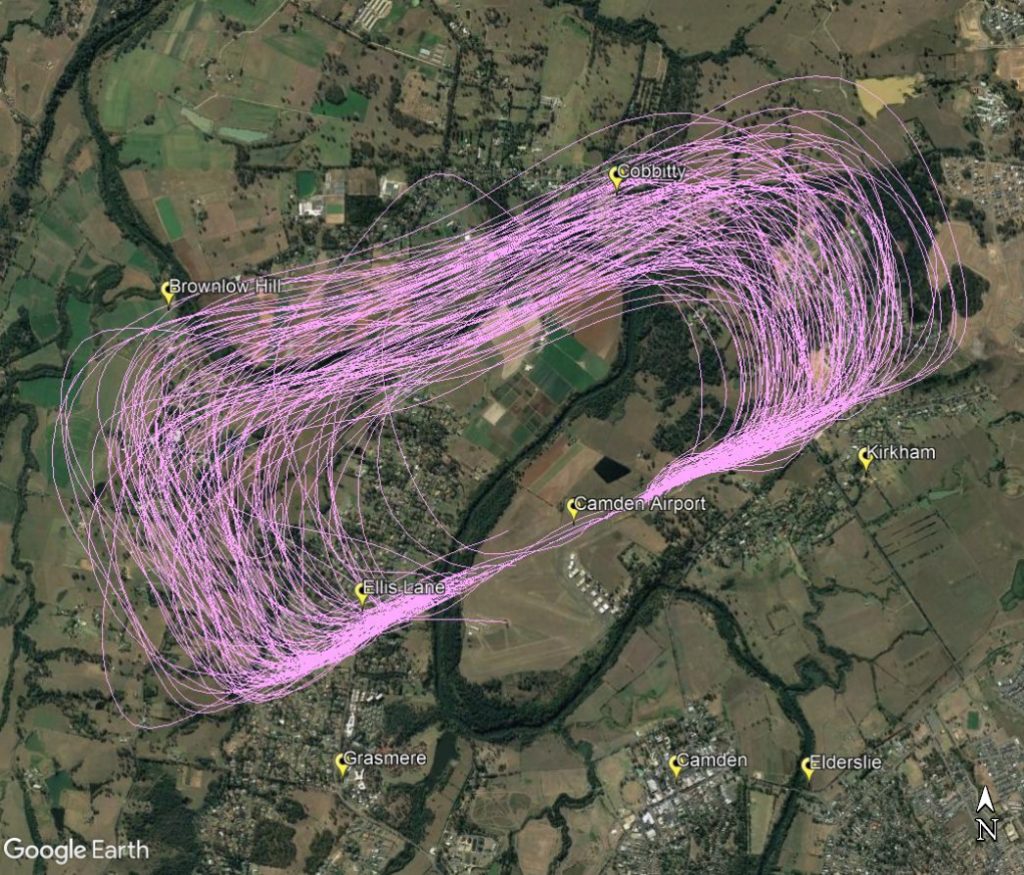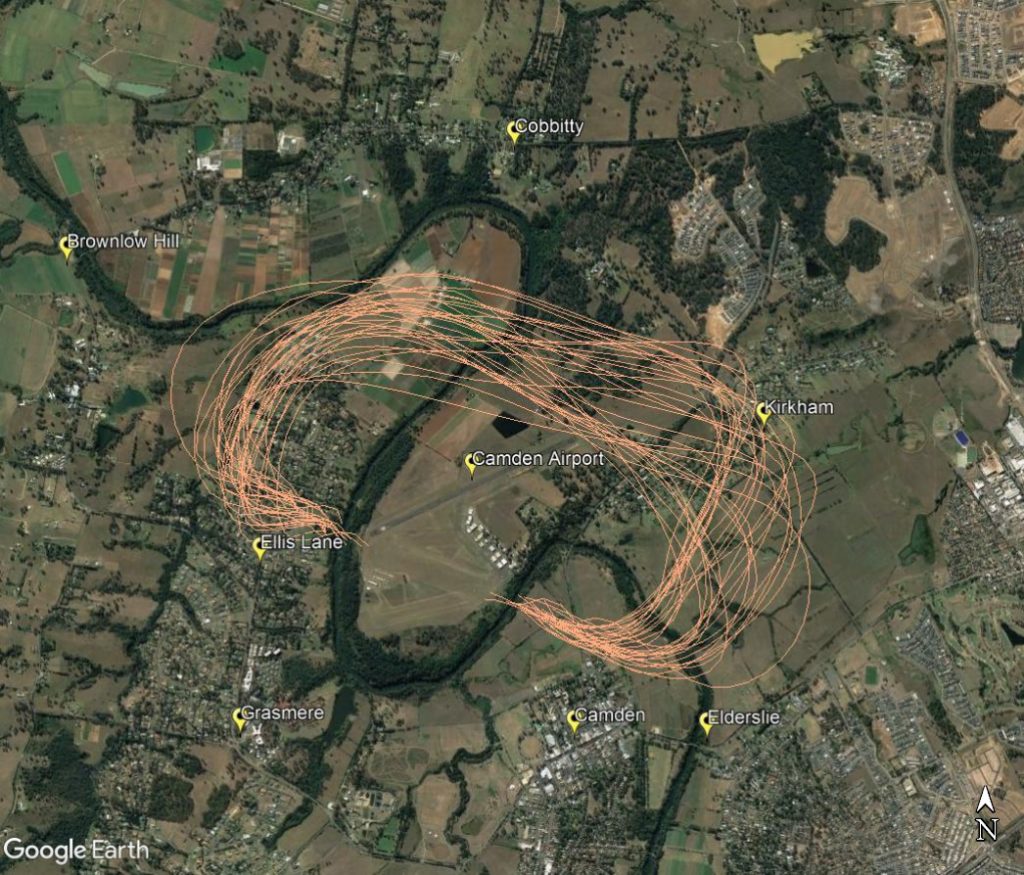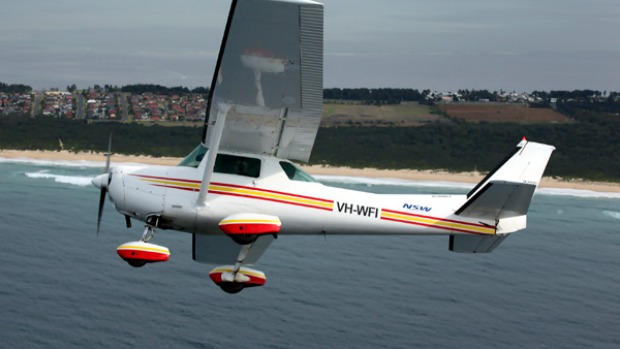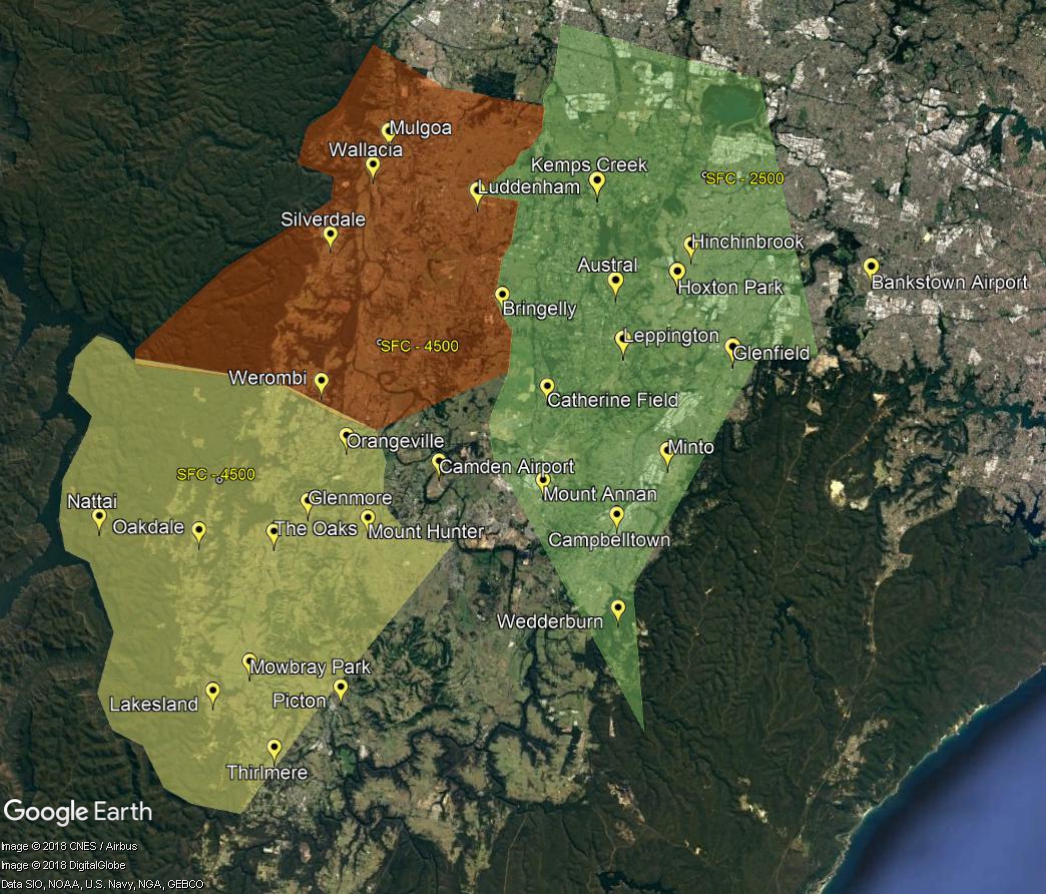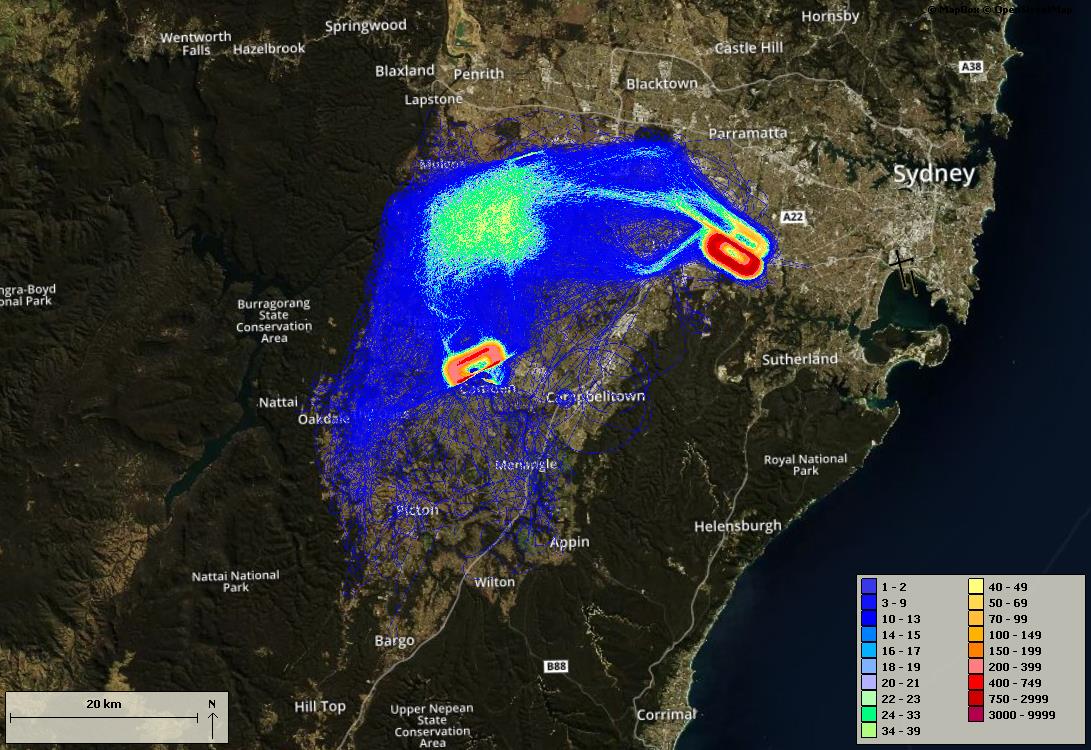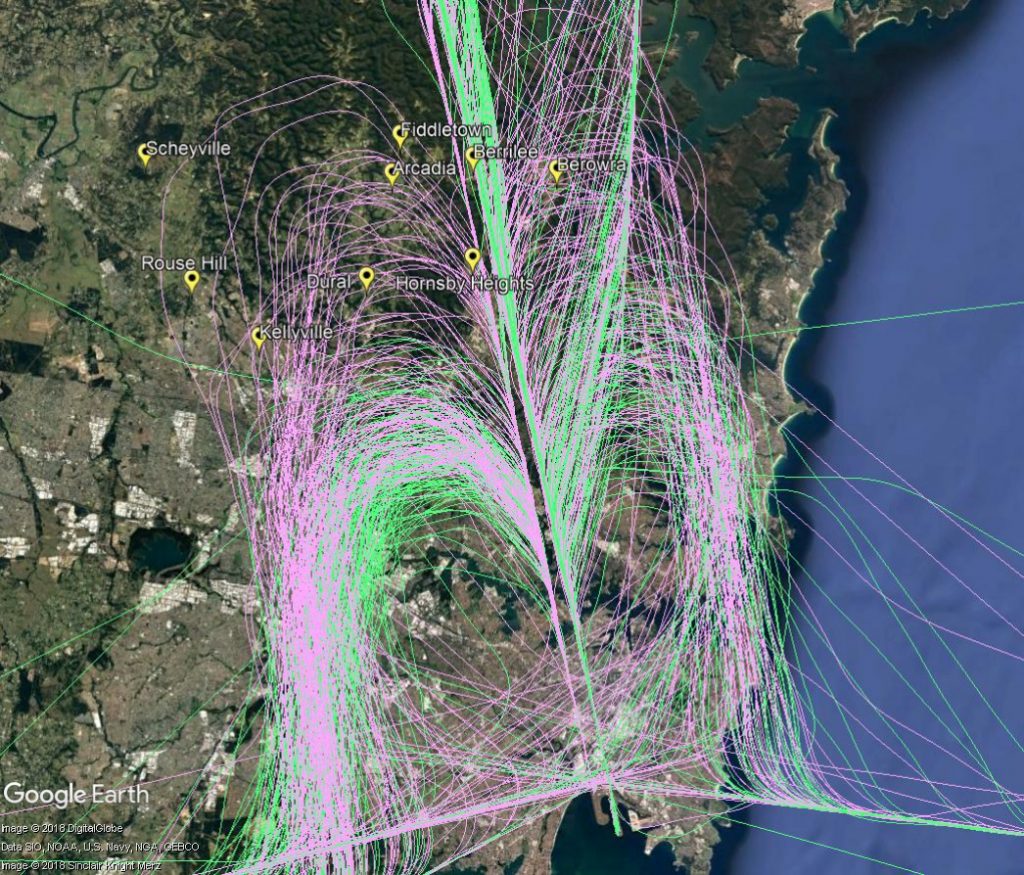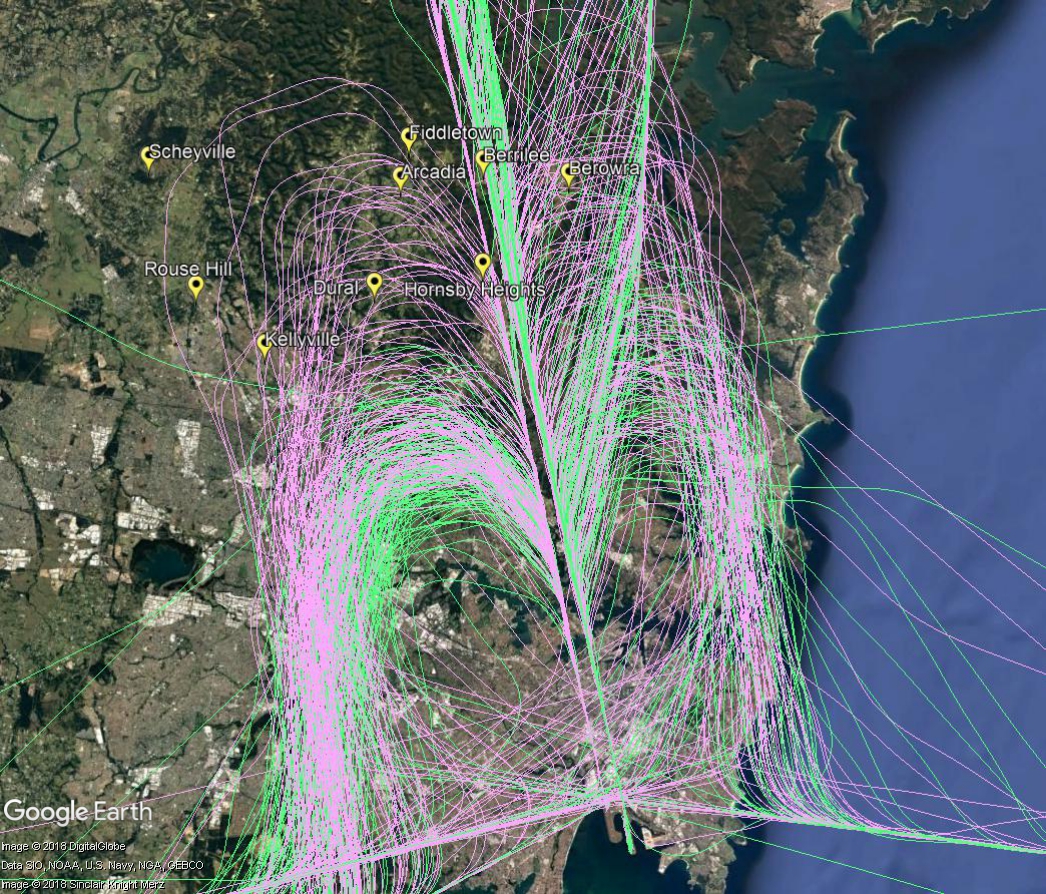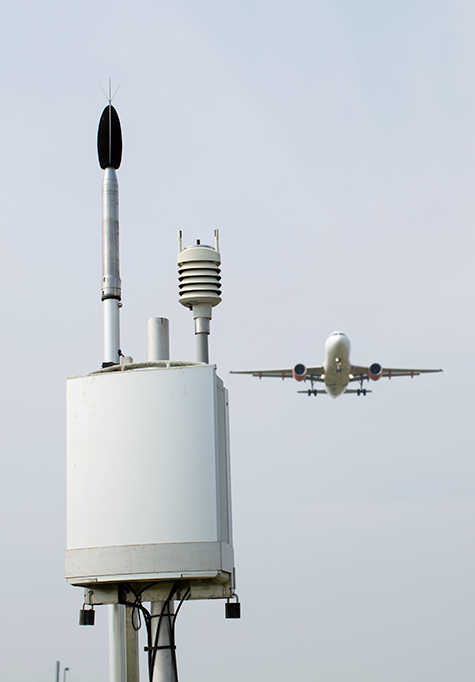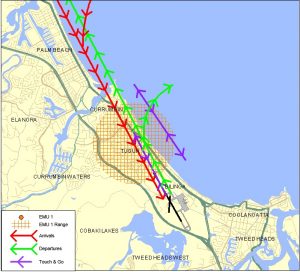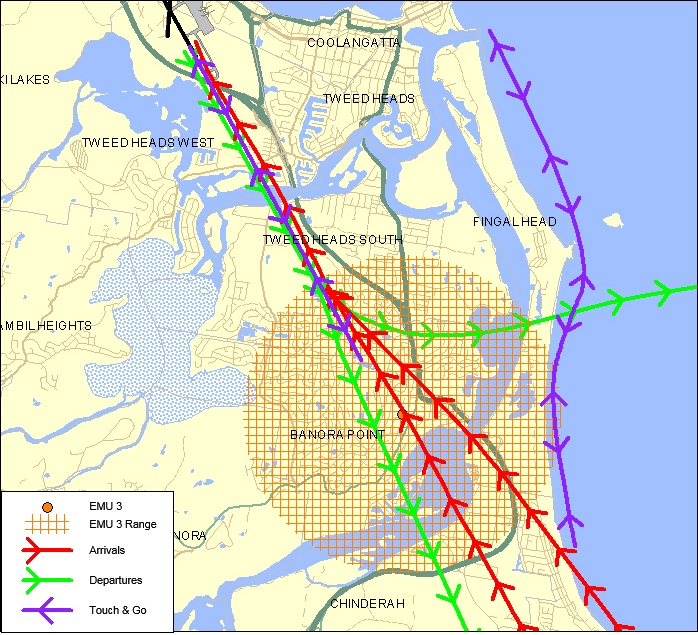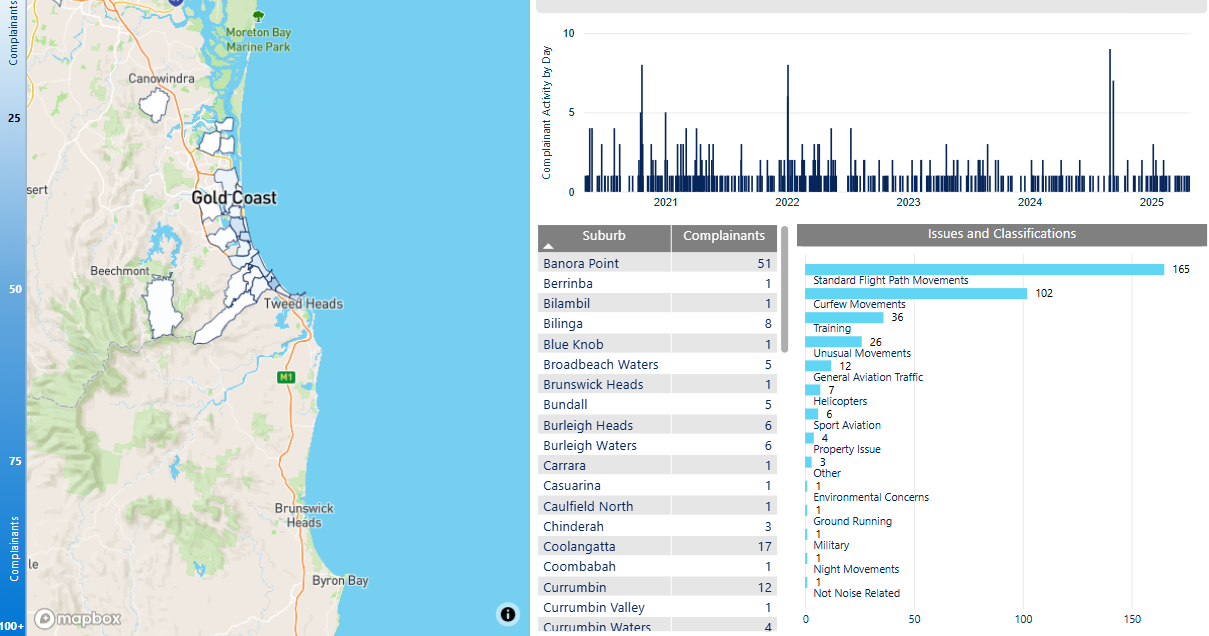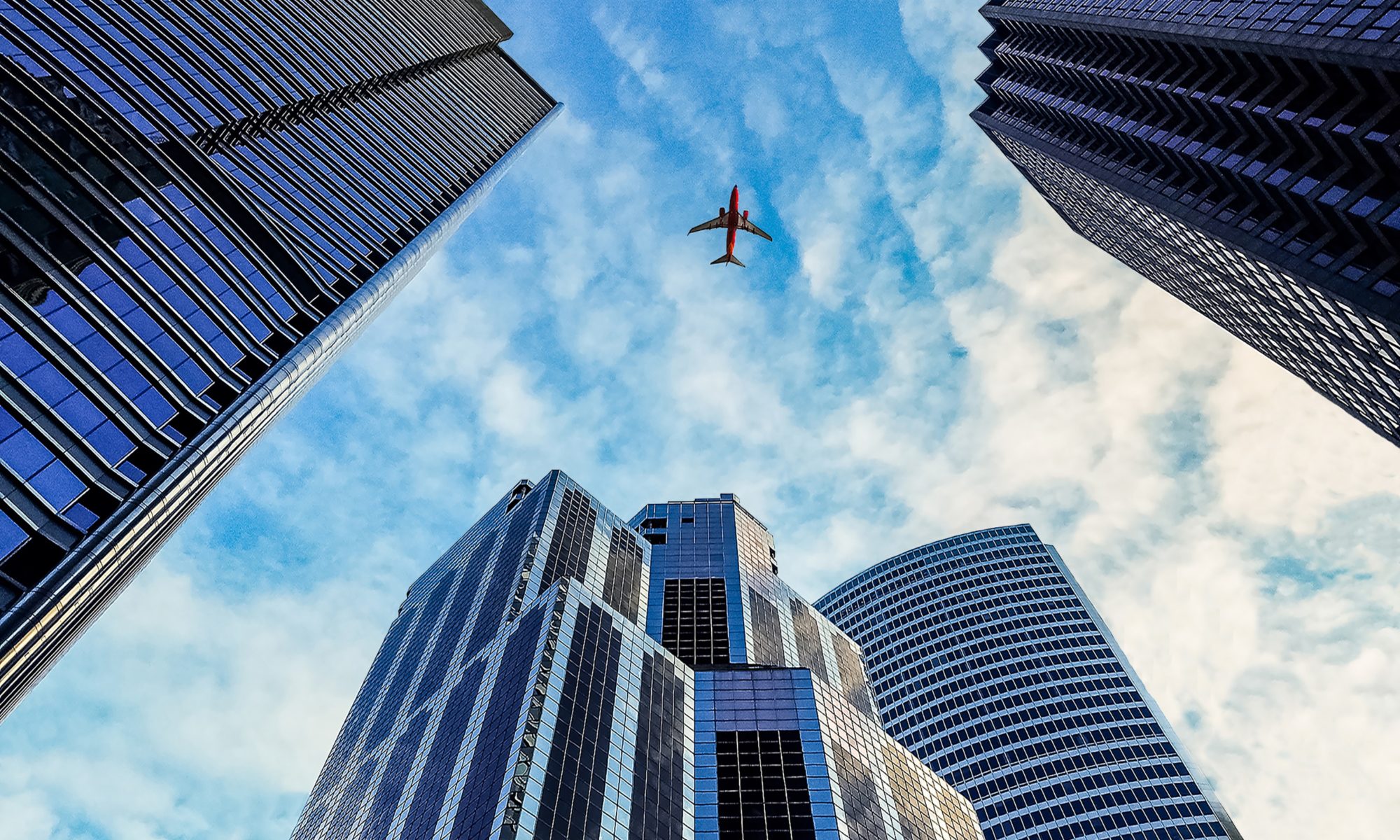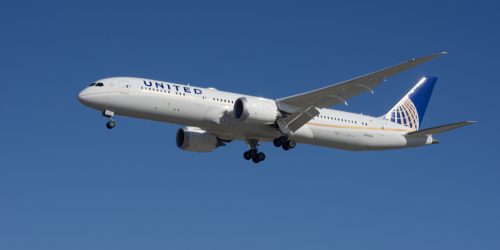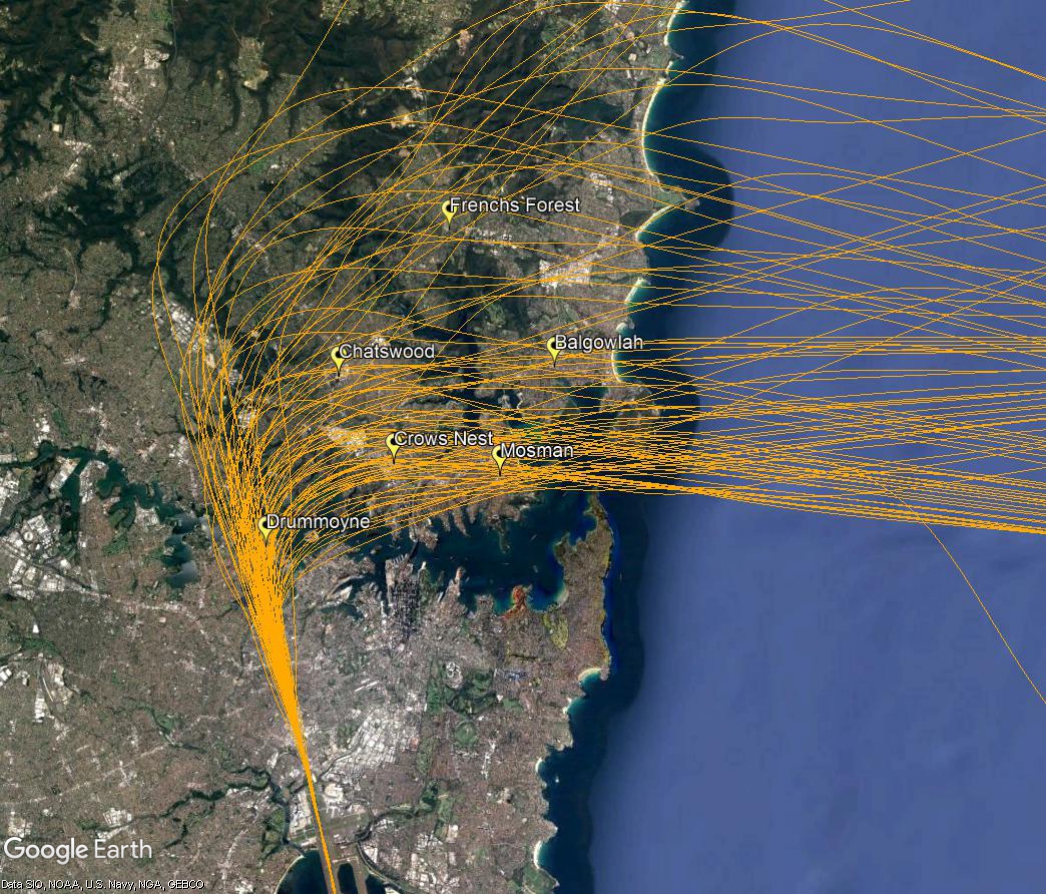Circuit training is the first stage of practical pilot training, focused on take-offs and landings. It involves the pilot making approaches to the runway, touching down and then applying power to take-off again.
Circuit training is undertaken at most airports, particularly regional and general aviation aerodromes. How a circuit is flown and its location is determined by the Civil Aviation Safety Authority.
The animation below shows how a circuit is typically flown. it has been created using typical tracks which are shown in blue whilst an animated aircraft flies the circuit. The circuit will only be used by one aircraft at any given time.
The animation illustrates the degree of variation that will occur in the way pilots fly circuits. The altitudes above mean sea level of the aircraft are also shown. You can enlarge to full-screen by clicking the square-shaped button in the bottom right-hand corner of the player.
The following image shows the density of aircraft in the circuit over a the quarter. The colour indicates the density – the hotter and deeper the colour, the greater the number of movements.
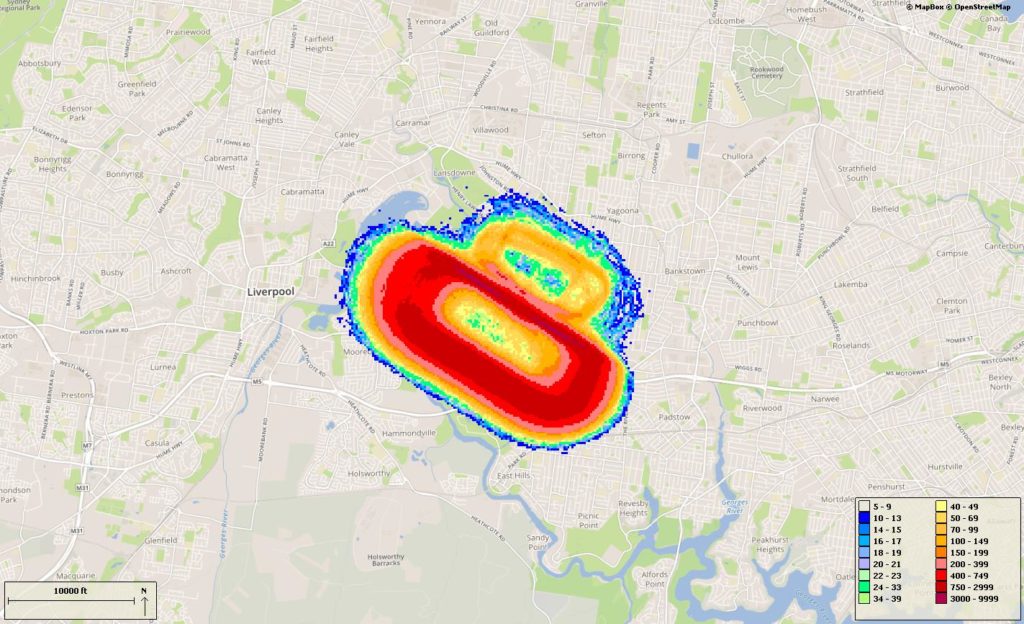
Important information for residents near circuit training airports
Aircraft movement information in this portal may inaccurately count some low-level flights at Secondary airports.
Why is this so?
The aircraft movement data comes from the radar located close to the major airport which is used by air traffic control to manage aircraft within controlled airspace. Low-level flights around secondary airports, such as circuit training flights, can be partially hidden from the radar’s line of sight by buildings and hills, potentially making counts inaccurate.
Learn more
Learn more about how radar coverage affects counting of low-level aircraft movements at secondary airports in our Help and Technical Information page, available in the resources section.

